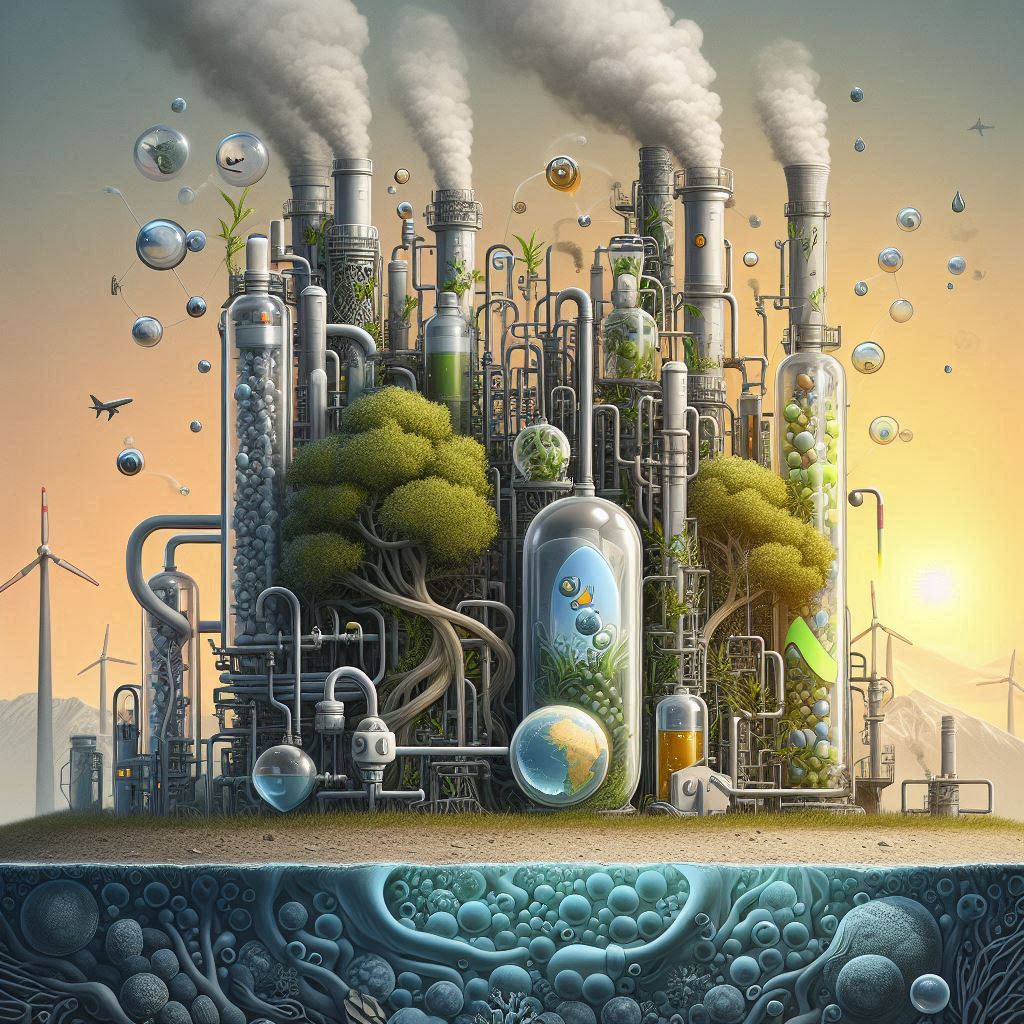
Carbon capturing-that is, a pivotal piece in our quest to fight climate change! It’s just a matter of capturing the carbon dioxide emissions before they reach the atmosphere and reduce greenhouse gases that have contributed to global warming.
Imagine CO₂ as stray balloons floating up towards the sky. Carbon capture technologies are like nets catching these balloons before they drift off and cause trouble. By installing such systems at sites like power plants and industrial facilities, we can dramatically reduce the emissions of CO₂.
There are several intriguing methods of carbon capturing:

Pre-combustion Capture: Fossil fuels are gasified before combustion, separating CO₂ from hydrogen.
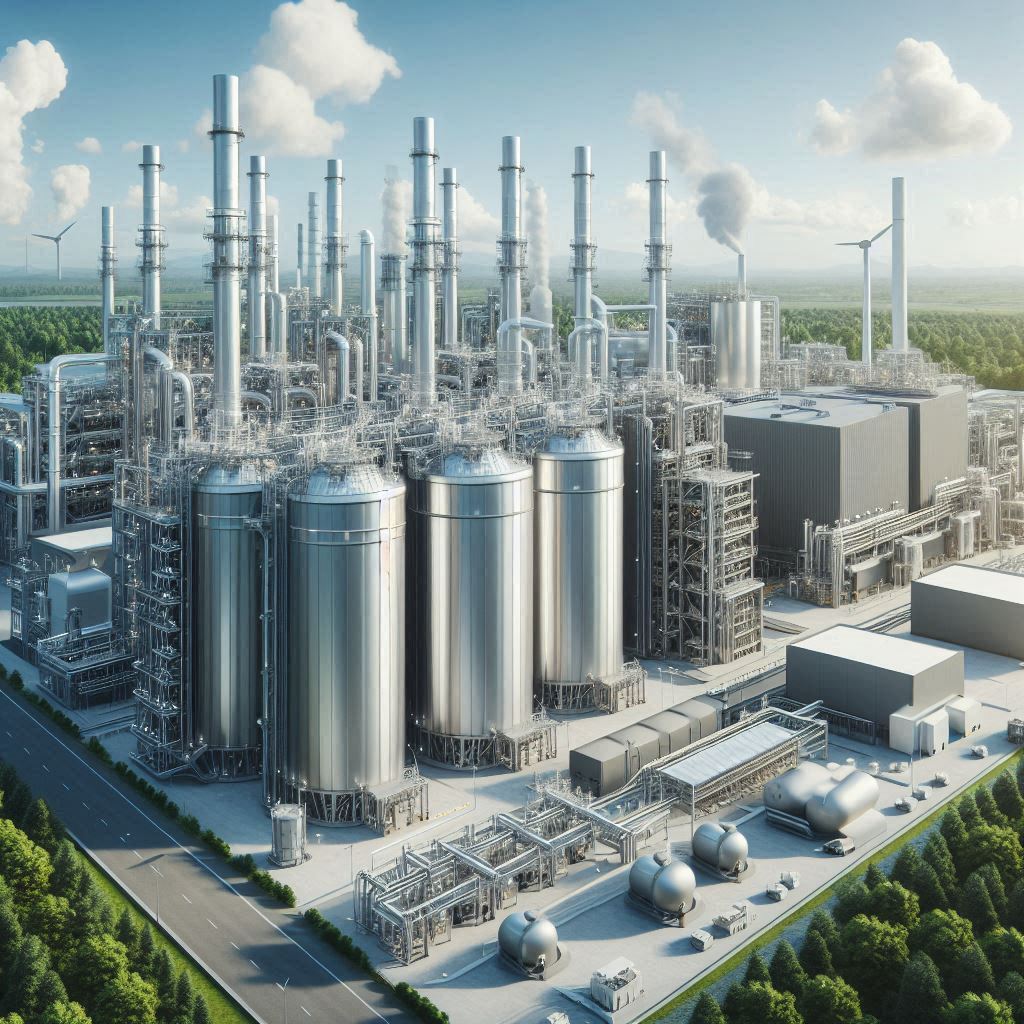
Post-combustion Capture: CO₂ is extracted from the exhaust gases after fossil fuels have been burned.

Oxy-fuel Combustion: Fossil fuels are burned in pure oxygen, resulting in a flue gas that’s mostly CO₂ and water vapor, making it easier to capture.
Direct Air Capture (DAC): This is perhaps the most exciting and also emerging technology to hit carbon-capturing radar: Direct Air Capture (DAC). Unlike all other technologies that focus on cutting emissions at the source, DAC captures CO₂ directly from the ambient air. Imagine a giant air purifier scrubbing the atmosphere clean.

Once captured, the CO₂ can be:
- Transported via pipelines, ships, or trucks.
- Stored deep underground in geological formations like depleted oil and gas fields.
- Utilized in products like synthetic fuels, carbonated drinks, or even building materials—a process known as Carbon Capture, Utilization, and Storage (CCUS).
But the innovation doesn’t stop there! Direct Air Capture (DAC) is an emerging technology that captures CO₂ directly from the ambient air. It’s like a giant air purifier scrubbing our atmosphere. A bold idea to help reverse some of the emissions already out there.
This implies that the significance of carbon capture and also its potential impact include:
Environmental Effects: Reduces net emissions thereby meeting the worldwide climate targets
Economic Effects: New industrial production and job opportunity, primarily in green technologies
Energy Transformation: Allows fossil fuel use in cleaner ways while society transitions to new sources of energy.

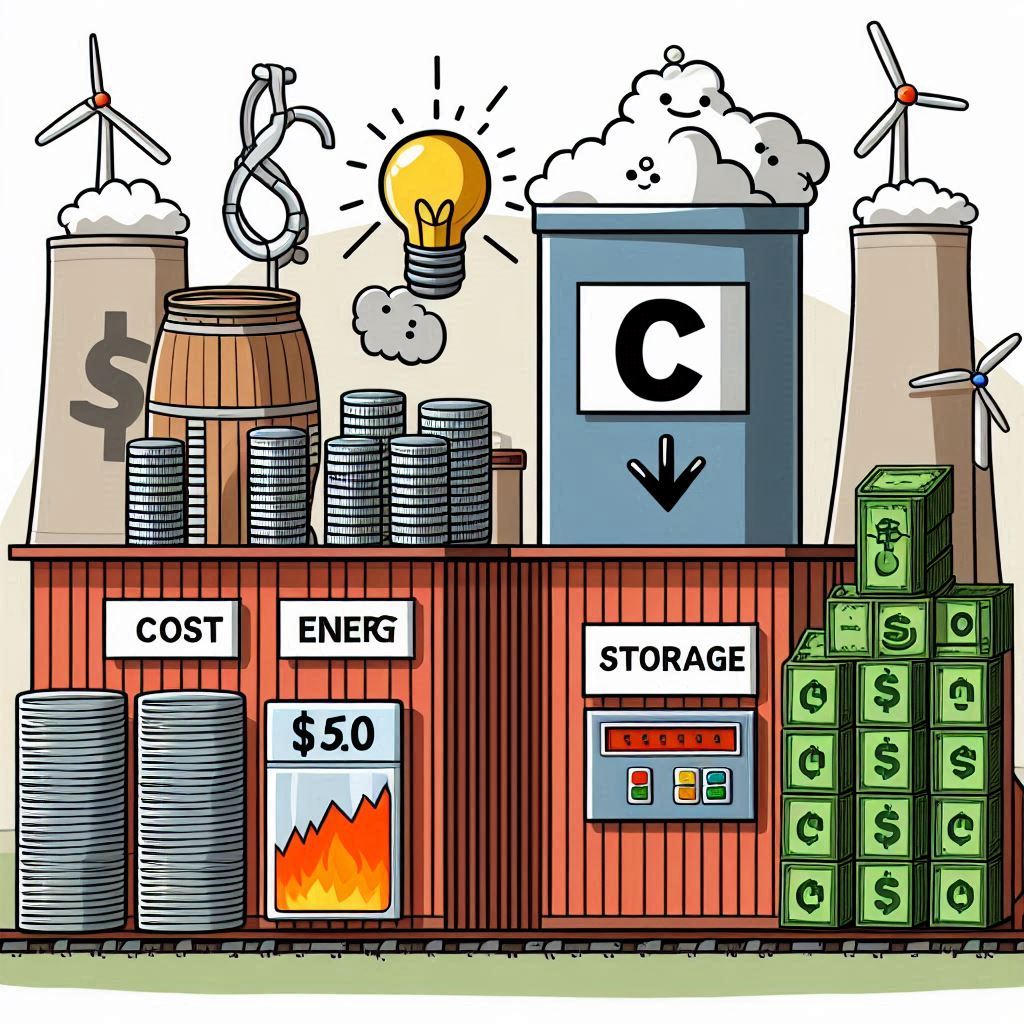
However, there remain quite a few challenges:
Cost: The implementation of carbon capture technologies is costly. Scaling up and technological development are required to cut down costs.
Energy Use: The processes are a good source of energy. It may undo some of the environmental gains if properly managed.
Long-term Storage: The carbon dioxide that has been stored should stay in the buried state without coming back into the atmosphere.
It is like standing at the crossroads of innovation and responsibility. Carbon capturing offers a bridge to a more sustainable future, but it requires global collaboration, forward-thinking policies, and continuous technological development.
In light of the urgency of climate change, exploring and investing in carbon capturing could be a game-changer. It also raises thought-provoking questions:
How can we accelerate the adoption of carbon capture technologies worldwide?
The adoption of carbon capture technologies needs to be accelerated globally by a combination of supportive policies, technological advancement, economic incentives, and public awareness. Governments can implement regulations and provide financial incentives to make carbon capture more accessible. Investing in research and development improves efficiency and reduces costs. Public-private partnerships and global collaborations are helpful in the standardization of practices and innovations. Raising awareness on the benefits of carbon capture and engaging stakeholders is also a means of driving the widespread adoption. Together, these efforts can significantly reduce CO₂ emissions and combat climate change.

What is the role of governments and private sectors in funding and research?
Funding and research into carbon capture technologies require significant roles by both governments and the private sector. Governments can play their role by making supportive policies, providing financial incentives, and investing in research and development. This is through ensuring that a good regulatory environment prevails that supports the use of such technologies. On the other hand, the private sector can also make its contributions through corporate initiatives, public-private partnerships, and investments in leading-edge technologies. This would accelerate the development and deployment of effective carbon capture solutions by both sectors and would reduce CO₂ emissions, which would help in combating climate change.
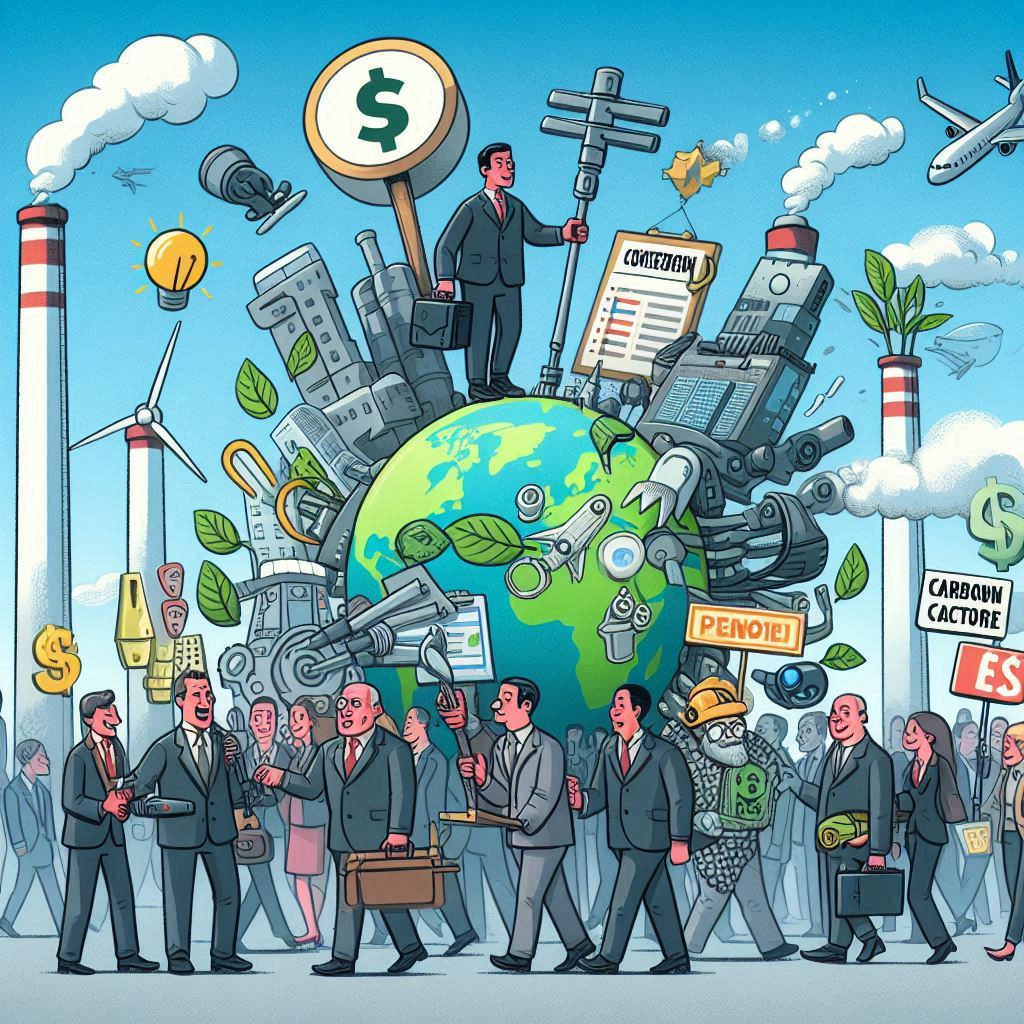
How do we balance carbon capturing?
Balancing carbon capturing with renewable energy expansion and reforestation efforts requires an integrated approach. Carbon capture technology can be easily integrated into an industrial process while renewable energy, such as solar and wind power, can ensure clean power generation. Reforestation efforts sequester carbon dioxide naturally in the atmosphere. Combining all these strategies is a way to effectively address climate change on multiple fronts, ensuring diversification and resiliency by maximizing environmental benefits and promoting sustainable development.
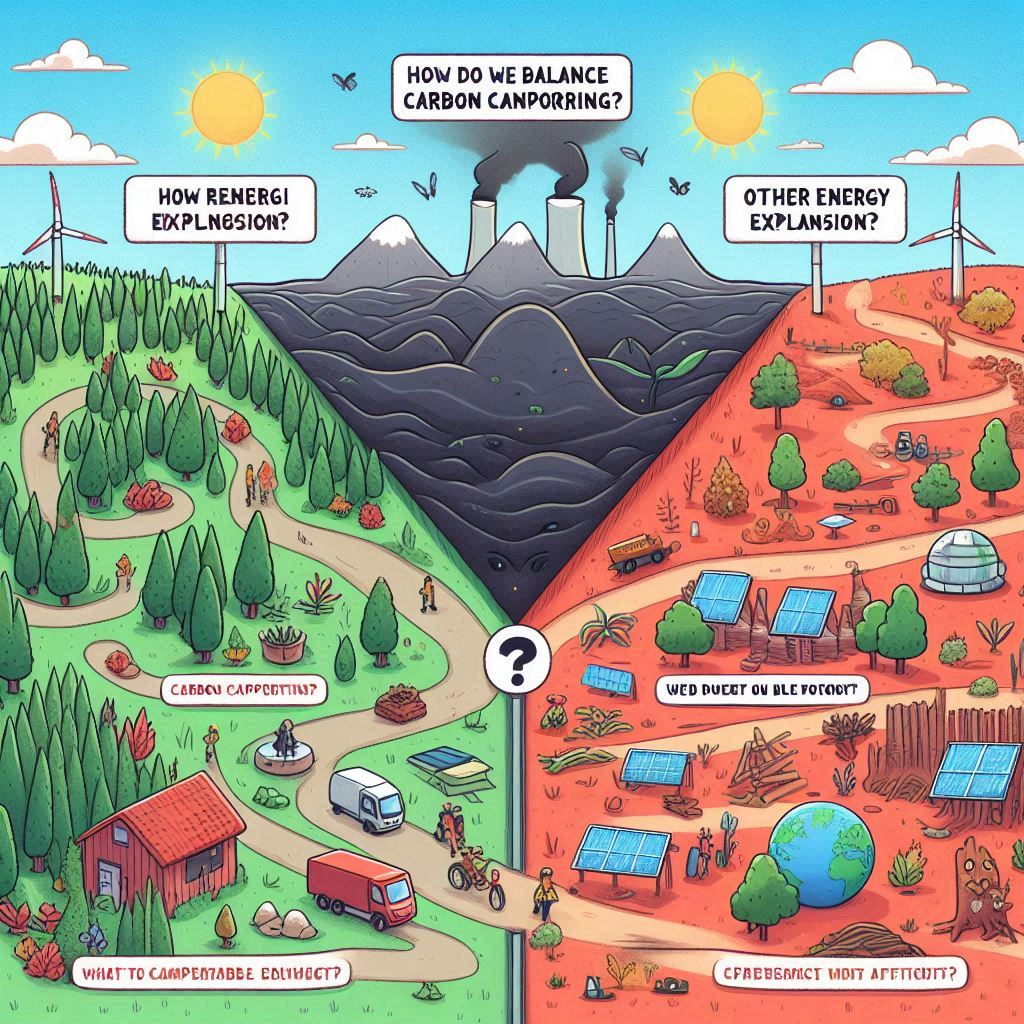
It’s exciting yet a little challenging, but conversations like these do matter. At every step through which we realize and implement alternatives such as carbon capturing, that is one foot closer to getting a healthier world.
You can check these updates for more information in this topic.
#DYK coastal #ecosystems like #mangroves, seagrasses, and salt marshes are nature’s carbon-capturing champions?
— UN Biodiversity (@UNBiodiversity) December 26, 2024
Check this infographic to uncover how they help combat #climatechange and protect our planet's health. 🌍✨
via @TheWCS pic.twitter.com/kyIJIMVGDZ
Subscribe to our newsletter!







Good post! If you’re hungry want to make something in home come on in our website, there are too many delicious recipe
https://tastyfry.in/recipes/
Thanks